Thrive
How can St. Petersburg maintain its momentum?
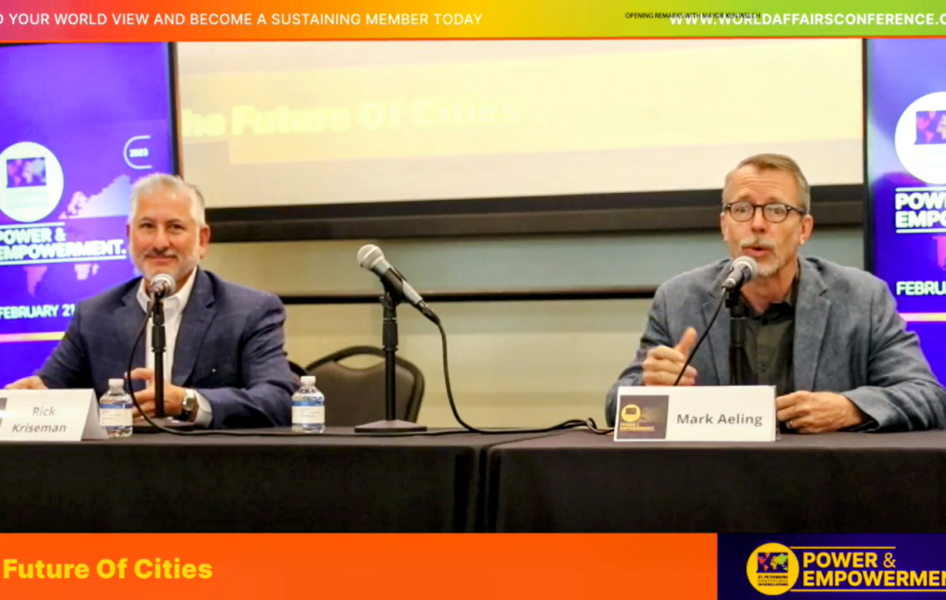
Former Mayor Rick Kriseman had a front-row seat for eight years as St. Petersburg transformed into a thriving tourism, tech, arts and cultural destination.
However, other cities around the nation have followed similar trajectories only to realize exponential growth can create unintended consequences. So, where does – and where should – St. Pete go from here?
Kriseman, now managing principal for Shumaker Advisors Florida’s U.S. Cities Practice, sought to answer that question ahead of the St. Petersburg Conference on World Affairs.
“Momentum, as we all know, is a funny thing,” Kriseman said. “It’s hard to get and easy to lose.”
He said innovation is a national hallmark and will continue to drive the U.S. economy if partisanship, monetary influence and several other factors do not impede progress. That is why he believes leaders throughout Tampa Bay must continue committing to a welcoming culture for people and new ideas.
Communities with a high quality of life entice innovators, Kriseman said, because they also help attract and retain a talented workforce. He expressed concern that recently enacted state policies could detract from characteristics that contributed to St. Petersburg’s success.
Kriseman said the cost of living and lack of a state tax was a selling point when recruiting several prominent business leaders to relocate to the city, but not the deciding factor. From CEOs to frontline employees, he heard that the work-live-play environment, diversity and inclusivity helped set St. Petersburg apart.
In addition to the welcoming culture, Kriseman said stakeholders must continue identifying and supporting other strengths. Rather than becoming the next Silicon Valley or Austin, he believes people should focus on creating a unique economy and niche.
“Marine science – and innovation and technology related to marine science – is something we ought to be pursuing,” Kriseman said. “To me, you always look at what others are doing and take the best parts that fit your community.”
He relayed a favorite line from former labor secretary Tom Perez: “Steal and scale.” You should steal good ideas from other cities, Kriseman explained, and scale them to fit your area.
“You can’t be what you’re not,” he added. “We can’t be Silicon Valley because we have things about our community that makes us different and in my mind, makes us better. Those are the things we ought to pursue and celebrate.”
Kriseman discussed the city’s future further Wednesday as part of the first full panel at the Conference on World Affairs (CWA). He was joined onstage by local author and advisor Peter Kageyama and sculptor Mark Aeling, also chairman of the Warehouse Arts District Association (WADA).
Joe Hamilton, publisher of the Catalyst and head of network for Cityverse, moderated the discussion titled “The Future of Cities.”
Kageyama, the self-described “city love guy,” believes the future of municipalities is hyper-local. Like Kriseman, he said the pandemic showed how cities can get things done while state and national politics “got ridiculous.”
He said Covid also proved the importance of greenspaces, which St. Pete is known for, and the importance of high-speed connectivity. Kageyama added that technological infrastructure is critical to fostering innovation and business and said the discussion’s international streaming audience “underscores that fact right now.”
He then relayed a quote from science fiction author William Gibson: “The future is already here; it’s just unevenly distributed.”
“There are places where St. Petersburg is absolutely leading,” Kageyama said. “There are places where we’re lagging. And we’re either going to lead on it, or we’re going to try and catch up on it.”
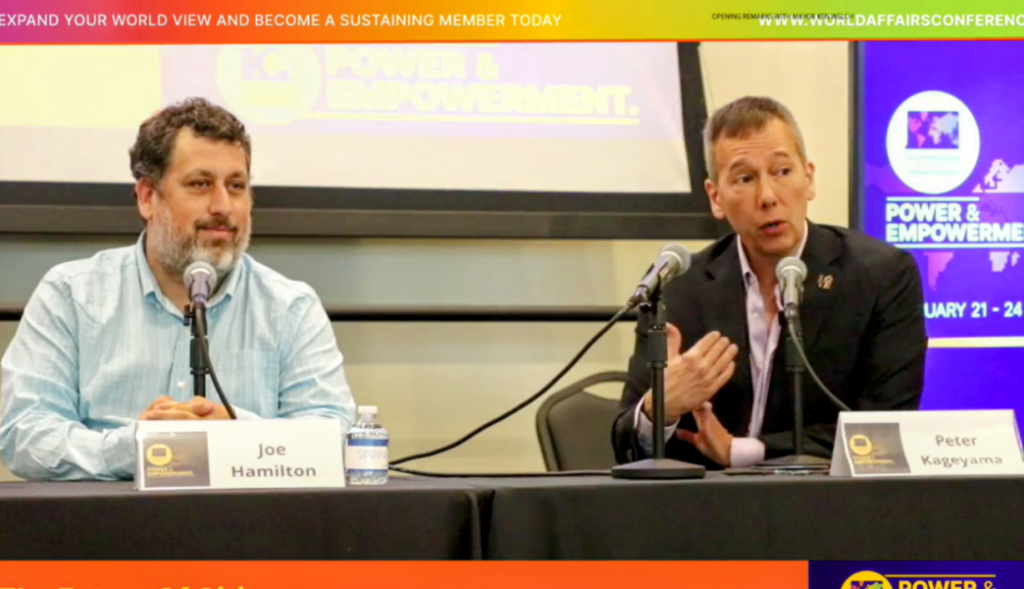
Joe Hamilton (left), publisher of the St. Pete Catalyst, and author Peter Kageyama also participated in the panel at the University of South Florida St. Petersburg. Screengrab.
Aeling said St. Petersburg is booming, and its future looks bright for many – but not all – residents. The Warehouse Arts District has over 300 local members, and he noted its Arts Exchange offers more than 30 subsidized affordable studios.
However, Aeling said, “it is not nearly enough.”
“We could literally quadruple the number of studios that we have and still not have enough,” he added. “Because they are now the only spaces affordable to artists in the city.”
Kriseman credited the arts and culture community for leading St. Petersburg’s renaissance, and Aeling warned the city is now in danger of losing its character due to a lack of affordability.
He explained that artists move into undesirable and inexpensive areas. Their creative energy then attracts development, which increases prices. Ultimately, artists “get pushed out.”
Aeling said WADA officials exhausted their resources and bought as much property as possible before prices soared. He is now asking for help to develop affordable housing alongside its subsidized studios.
He said a 1% tax on major private developments is one solution, and Aeling noted “some of the most vibrant communities” have adopted the concept.
“Right now, there is zero incentive for developers to give back to the community that has made their profits possible,” he said. “Consider it a form of tithing. Giving back to that which gives you strength. As a city, if we don’t legislate it, it’s not going to happen.”
Kageyama said stakeholders should celebrate developers who increase the city’s value and quality of life. He suggested separating them, and those “out to make a quick buck.”
Kriseman, Kageyama and Aeling agreed that St. Petersburg’s status as a well-developed peninsula necessitates increasing density. Aeling said the creative community would like to see more accessory dwelling units, and while he also becomes frustrated with downtown traffic and parking, it is “a small price to pay to keep folks here and keep costs down.”
Kriseman noted that oft-derided luxury condominiums are imperative to create a supply and demand equilibrium. However, he said that is just one aspect, and local officials should take a holistic approach to density increases.
Kageyama said stakeholders should “put on our big boy pants” and accept change.
“Because ultimately, cities are about the next generation,” Kageyama said. “They are about our kids and our grandkids. We’re not building it for us – we’re building it for the future.”


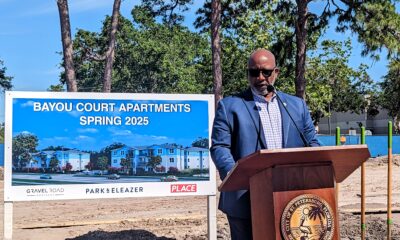

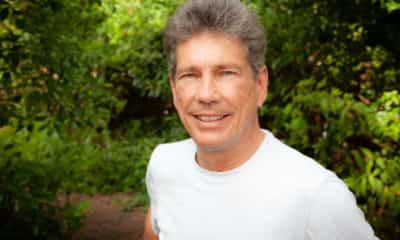

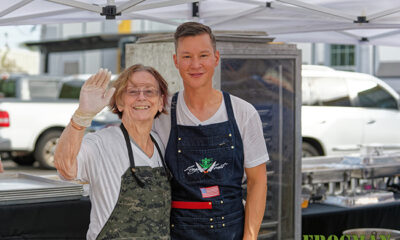

Danny White
February 23, 2023at11:52 am
“Harold Golen is one of the few remaining gallerists in Wynwood. He explains that as the neighborhood welcomed in more businesses and developers continued to buy up buildings, the rent increased dramatically, pushing out gallerists to more affordable areas like Little River near 79th Street. Visitors to Wynwood changed as well; they became younger and keener on shopping at retail boutiques and grabbing a bite to eat.” https://www.miaminewtimes.com/music/history-wynwood-miami-gentrification-13066720#:~:text=In%20the%20mid%2D2000s%2C%20Tony,them%20into%20hip%2C%20modern%20spaces.
Brian Kelly
February 22, 2023at5:00 pm
It’s hilarious to read Kriseman’s admission that St. Petersburg is not Silicon Valley. Gee, just about every article in Catalyst celebrates some tech visionary coming to town and setting up shop. When innovation is discussed, it’s always tech, Tech, TECH. If it’s not an app or a algorithm for making money it’s invisible, just like old people in a singles bar. It’s nice he mentions Marine Science, which is indeed something that distinguishes our town from the west coast. It’s also nice that affordable housing is being built. Finally. But the horses have gotten out of the barn, grown wings and become constellations in the sky as far as affordability for artists is concerned. I’ve seen the same story play out in Chicago and San Diego. We say we want art, we like art. But we like downtown developers and a fat tax base more and so all the warehouses in Chicago’s Superior-Huron district and San Diego’s Gaslamp district disappeared overnight. In their place, just as quickly, appeared market rate condos. St. Pete had a chance about six years ago to develop in a human scale way. Instead the city government invited the Miami developers to carve it up and plop supersize market rate cubes on every open block. Hello Seattle, hello Austin, we’re just like you.